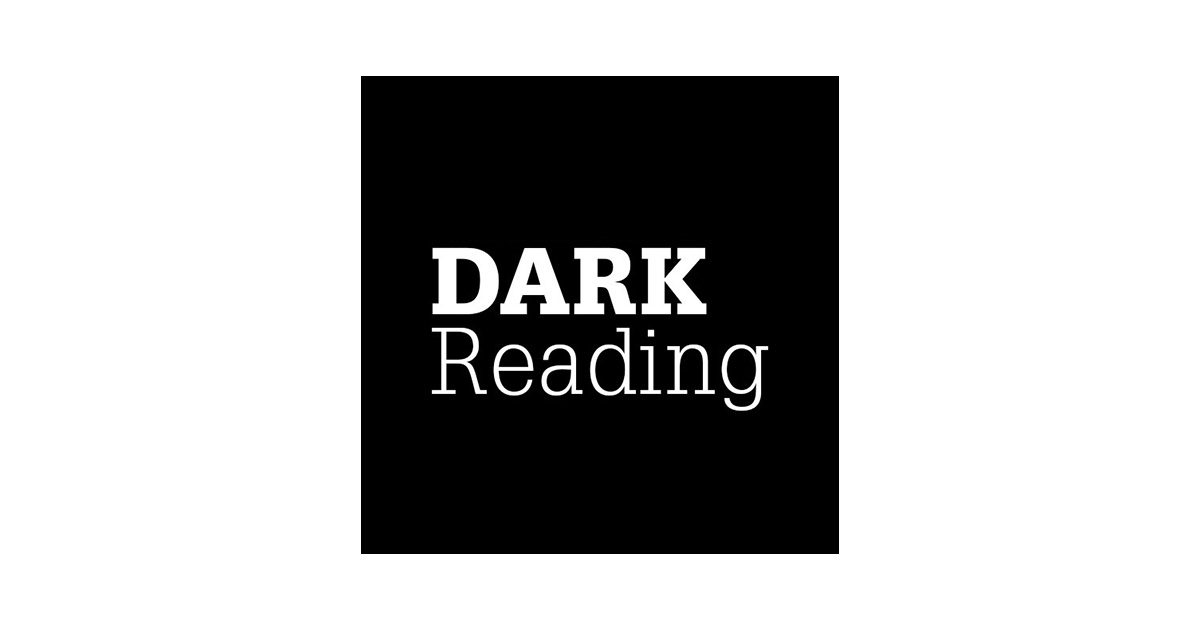
This article originally appeared in Dark Reading on April 3, 2019.
But executives aren’t confident in the accuracy of cybersecurity assessment data received from their vendors, a new study shows.
Financial services executives and managers responsible for the corporate checkbook would rather forgo business with a partner that is not serious about cybersecurity than run the risk of a breach, a new report found.
Some 97% consider cyber risk to be an important or critical issue, and 78% of those surveyed would refuse a partnership with a company that had poor cybersecurity performance, according to a new survey of 129 financial service professionals by security-rating firms BitSight and the Center for Financial Professionals.
“These results not only talk to the importance of having a strong third-party risk management program in place, but – when you think about the implication that they have for a company doing business with financial firms – now you have to demonstrate strong cybersecurity performance or you might lose business,” said Jake Olcott, vice president of government affairs for BitSight.
Suppliers and supply chains have become the latest focus of companies trying to reduce their cyber risk. In 2018, a survey by the Ponemon Institute found that nearly 60% of organization had a data breach caused by a third party, but that only 34% of companies had created an inventory of all their suppliers.
The most recent high-profile attack on a third-party supplier — the breach of remote work enabler Citrix — underscores the danger. The company announced in early March that the FBI had notified the firm that attackers had downloaded business documents from its internal network.
About half of all attacks involve jumping from one corporate network to another, a technique dubbed “island hopping,” according to a recent report.
“Supply chains are easy and lucrative targets,” Mike Bittner, digital security and operations manager at The Media Trust, a website security firm, said in a statement. “In today’s digital environment, they are extremely complex and dynamic, they lie outside the perimeter of the IT infrastructure, and they are, therefore, hard monitor.”
For the most part, company executives believe — whether correctly or not — that they have a handle on the situation. More than 80% of respondents indicate that their executive management is “confident in their approach to measuring and managing third-party risk,” according to the BitSight/CeFPro survey. Yet, only 44% of boards had regular reports on their third-party risk.
The Attestation Situation
Among the greatest challenges facing companies are a lack of faith in the accuracy of cybersecurity assessment data received from vendors, as well as the timeliness of that data, the survey found.
Part of the problem is that companies often continue to manually poll their vendors, asking the firms to attest to certain security measures without conducting any sort of assessment. Such attestation requires a great deal of time on the part of both companies, resulting in a great deal of paperwork.
Yet, ask a supplier whether such attestation is effective, and most will say no, BitSight’s Olcott says.



